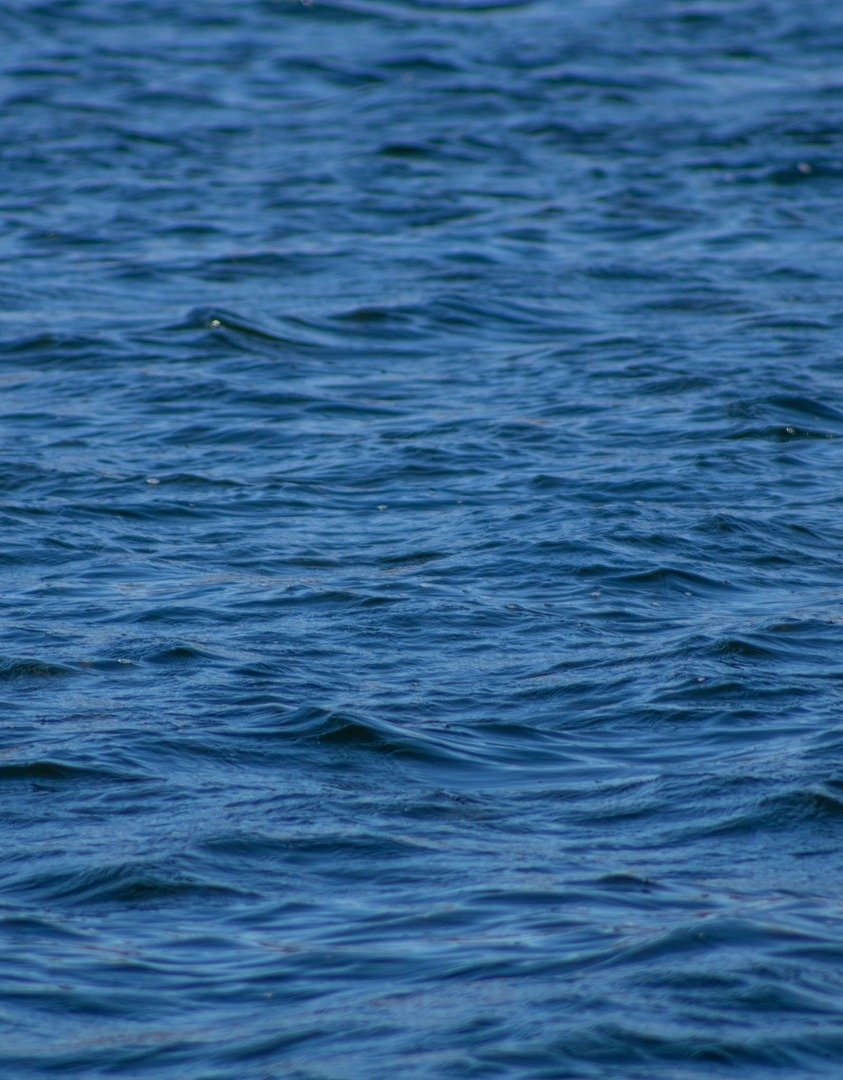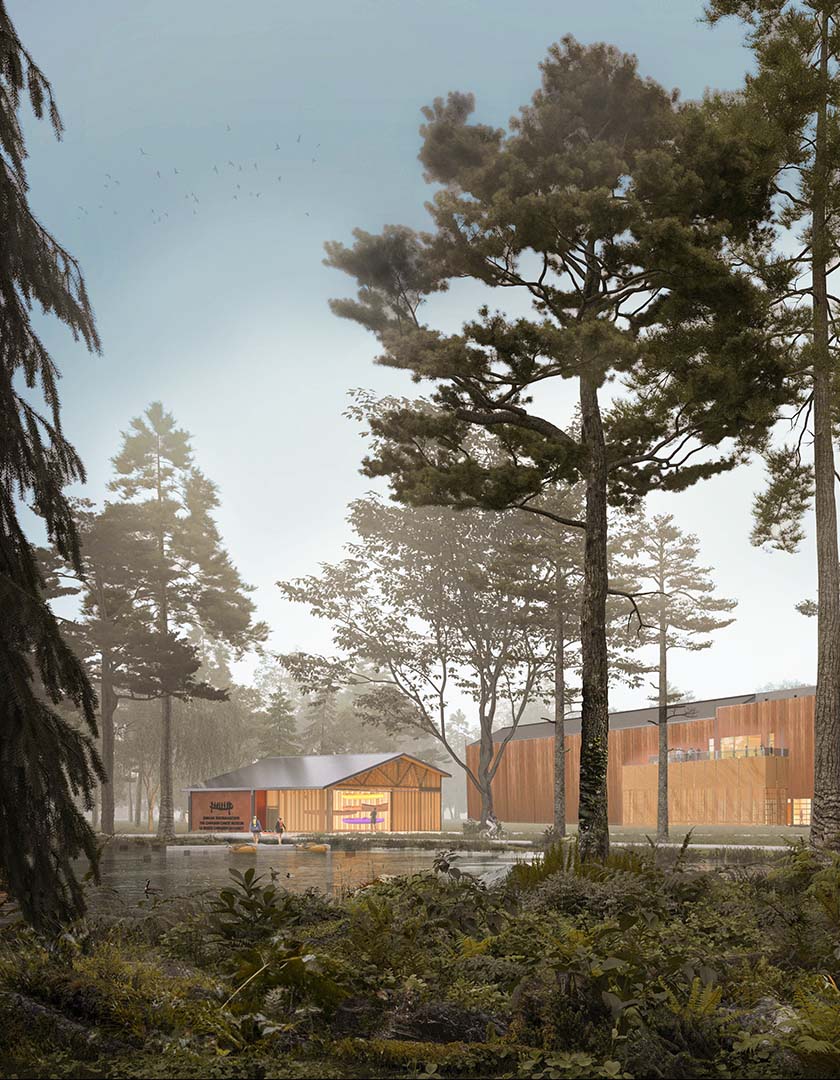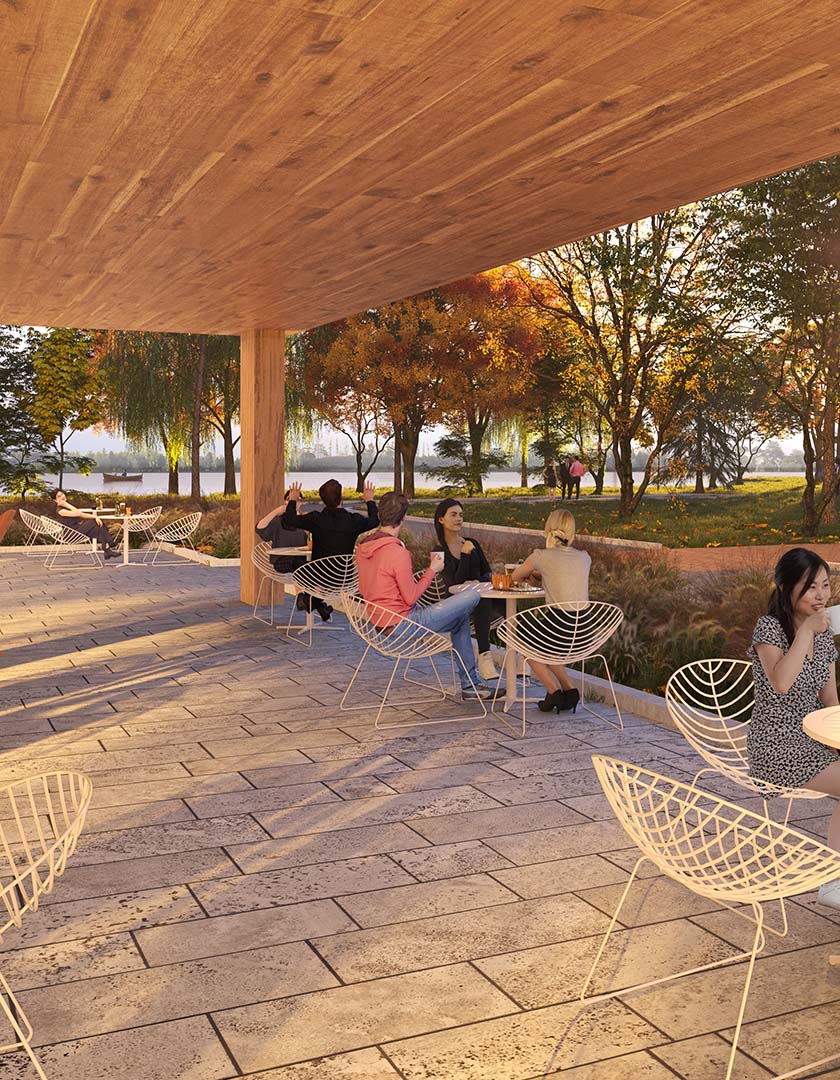A Journey of Connection
Learn how our world-class collection and museum is connecting Canada to the land, water, and one another.
Learn More About UsAbout Us
Welcome to The Canadian Canoe Museum, located on the Traditional Territory of the Williams Treaties First Nations in Peterborough, Ontario! For more than 25 years, The Canadian Canoe Museum has stewarded the world’s largest and most significant collection of canoes, kayaks and paddled watercraft.
More than 600 in number, the watercraft and their stories have a pivotal role to play in understanding our past and our collective future. As part of our responsibility for this one-of-a-kind collection, we have built it a new home along the water’s edge.
We invite you to explore this world-class collection and uncover the stories that shape our collective identity. From honouring Indigenous traditions to embracing diverse perspectives, our commitment to stewardship extends far beyond artifact preservation—it’s a pledge to foster meaningful connections and inspire new generations of stewards. Come paddle with us!
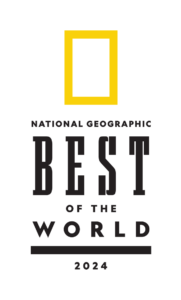
Named one of the Best Cultural Spots on National Geographic’s Best of the World 2024, the brand’s annual guide of the most exciting, meaningful, and one-of-a-kind travel experiences for 2024!
Our Mission
With our world-class collection as a catalyst, The Canadian Canoe Museum inspires connection, curiosity and new understanding.
Our Vision
Canadian heritage connecting all peoples to the land and to each other.
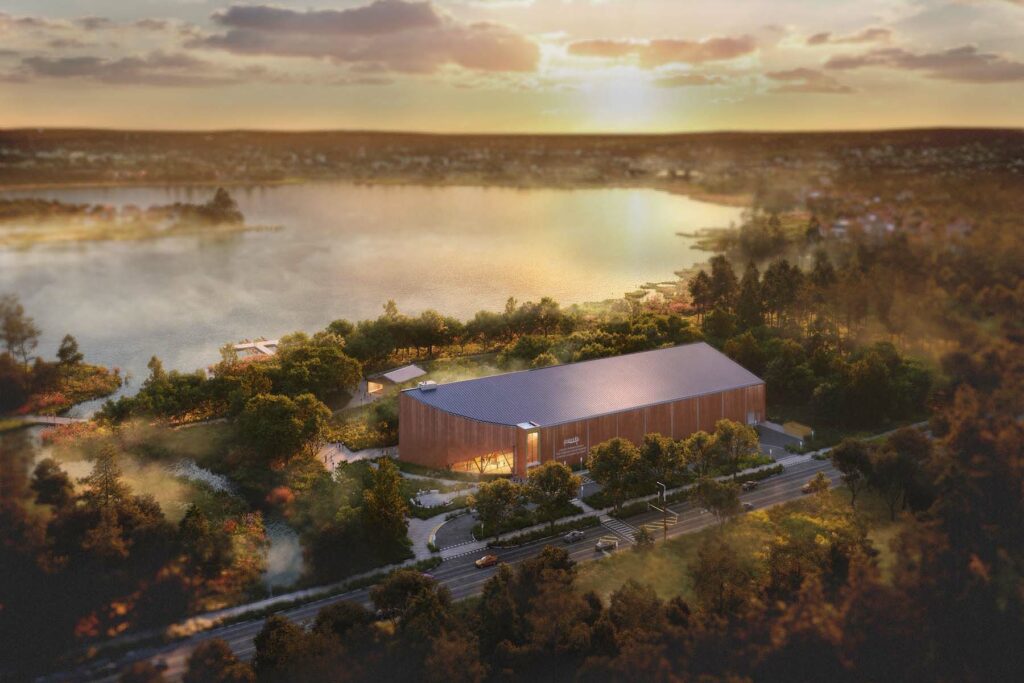
An aerial concept render of the new museum along Ashburnham Drive, with Little Lake in the background.
Our Commitment
Our commitment begins with stewardship and leads to outstanding opportunities for connection and experience.
Steward
We believe that a world-class collection and cultural asset of national significance deserves the best possible home to provide the care it requires and to foster and support these skills and traditions for generations to come.
We are:
- Enhancing care, stewardship and accessibility by housing 100% of the Museum’s collection in a facility that meets Class “A” Museum Environment Control standards.
- Facilitating access to the entire collection on-site.
- Creating an accessible Knowledge & Research Centre consisting of Archives Storage, a Library & Research Room, and a recording area to preserve oral histories, allowing researchers and students to benefit from these collections.
- Offering dedicated spaces and opportunities for artisans and builders-in-residence to share hands-on learning with students of all ages – preserving skills and perpetuating traditions.
Connect
We believe we have a unique opportunity, with the canoe as our lens, to share Canadians’ stories, aspiring to include and welcome diverse voices and perspectives from across the country.
We are:
- Honouring the cultural histories and stories within the collection by engaging with and learning from First Nations, Métis and Inuit communities.
- Guided by the Calls to Action from the 2015 Truth and Reconciliation Commission of Canada.
- Providing opportunities for all visitors to find their place at the Museum and connect with the collection in their own unique way.
- Ensuring voices and languages from Indigenous communities are seen and heard through the Museum and exhibits (as part of the Indigenous Languages Program supported by TD Bank Group through the TD Ready Commitment).
- Featuring temporary and travelling exhibits that will broaden the visitor experience.
Experience
We believe that the best way to learn is by doing – encouraging hands-on discovery for a deeper understanding.
We are:
- Expanding experiential learning opportunities in the Museum, outside the Museum, on the water and virtually.
- Providing dedicated spaces that encourage and facilitate hands-on learning.
- Inspiring adventure, spiritual connection, personal reflection and discovery.
- Ensuring the Museum is accessible and inclusive to all by meeting or exceeding the standards set by the Canadian Standard Association’s “Accessible Design for the Built Environment” and the Accessibility for Ontarians with Disabilities Act.
- Creating indoor and outdoor multipurpose gathering spaces to support community events, celebrations, event rentals and programs.
Learn More About Us
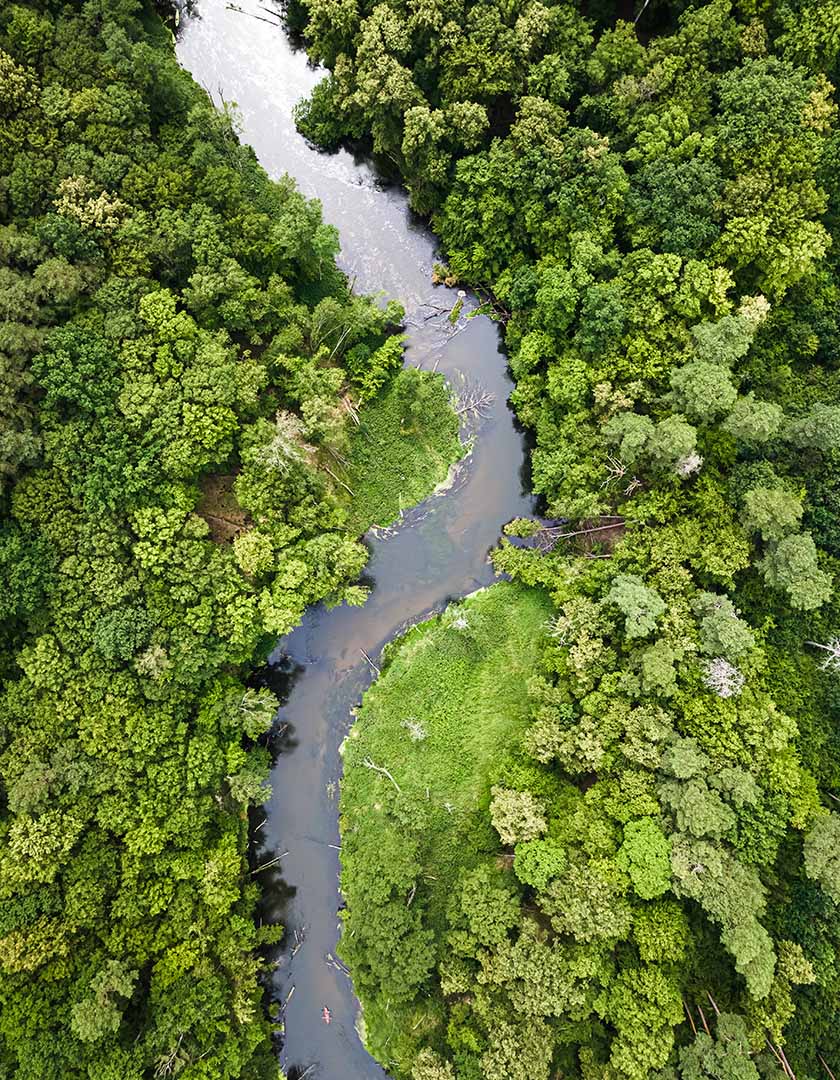
Our Journey
How did we get here? The Canadian Canoe Museum is more than a collection of watercraft; it is also the story that each artifact carries with it. Learn more about where we started and our journey to the water’s edge.
Learn more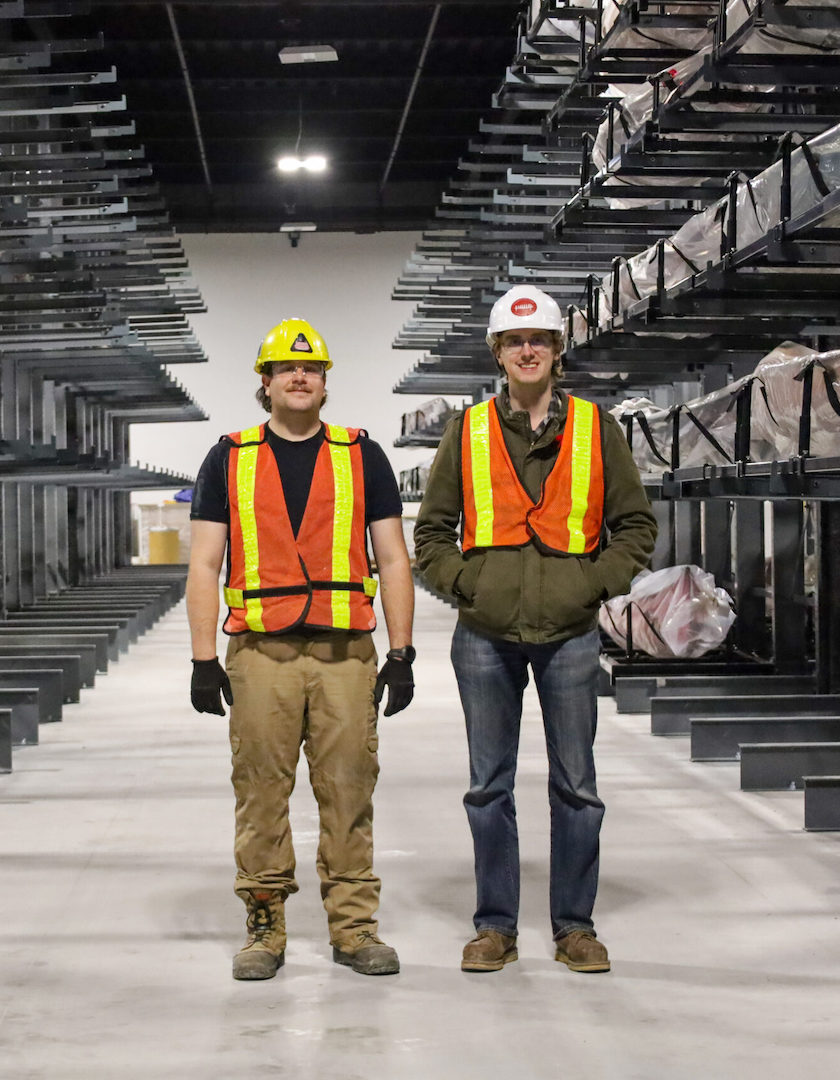
Our Team
We can’t portage alone! Meet the dedicated Canadian Canoe Museum team of staff and board members.
Learn more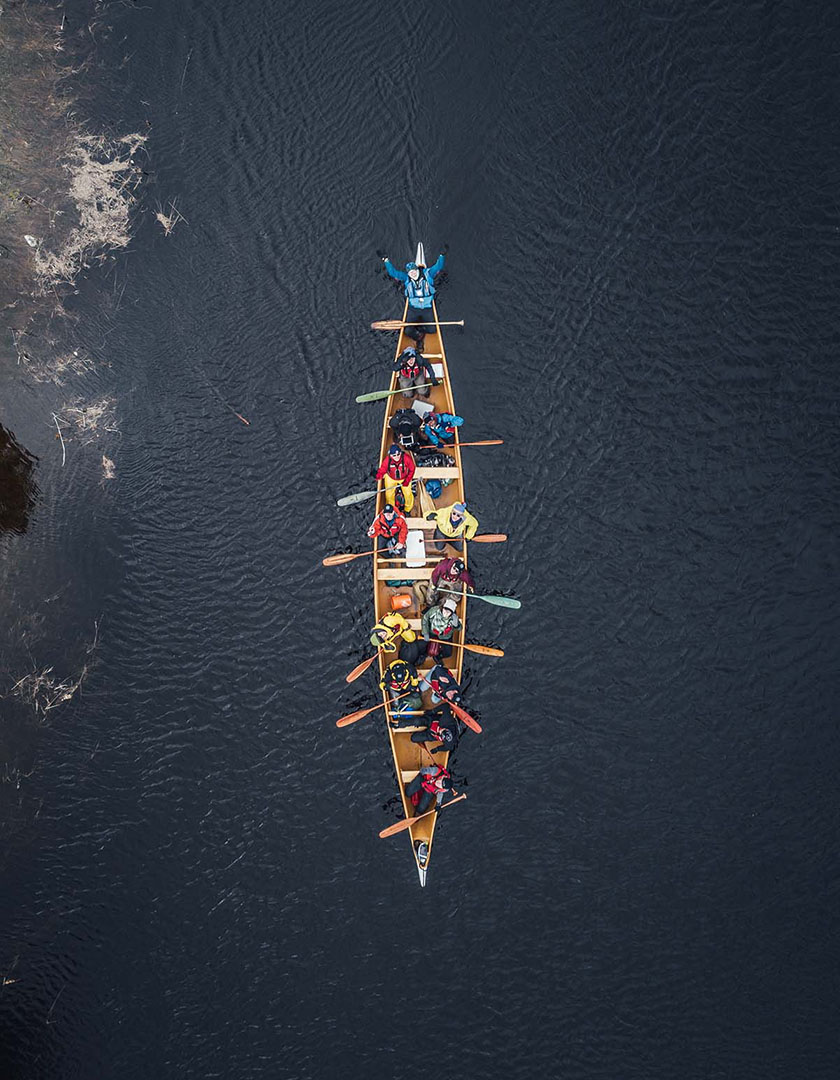
National Council
Learn about the Museum’s National Council, a group of distinguished individuals who are passionate about the work of the organization – past, present and future.
Learn more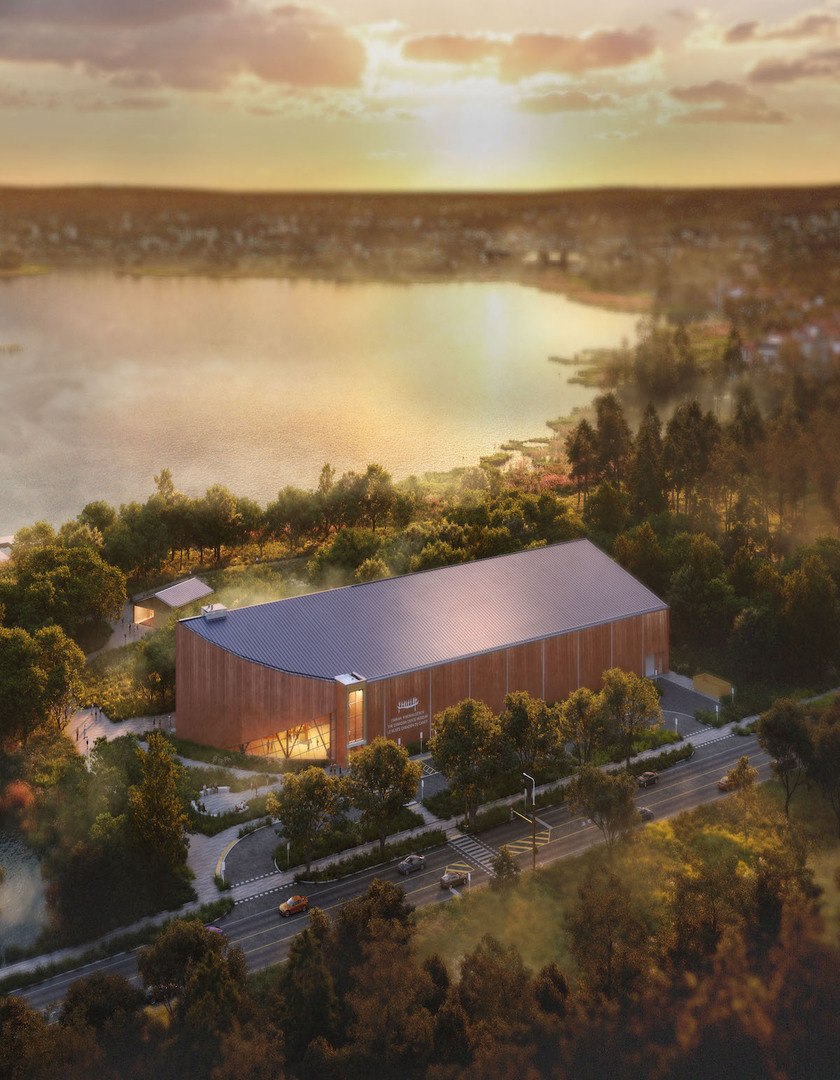
Working with Indigenous Peoples
The Canadian Canoe Museum supports the Truth and Reconciliation Commission’s Calls to Action, and we are working with Indigenous Peoples to care for and share the culture and history of the canoe.
Learn more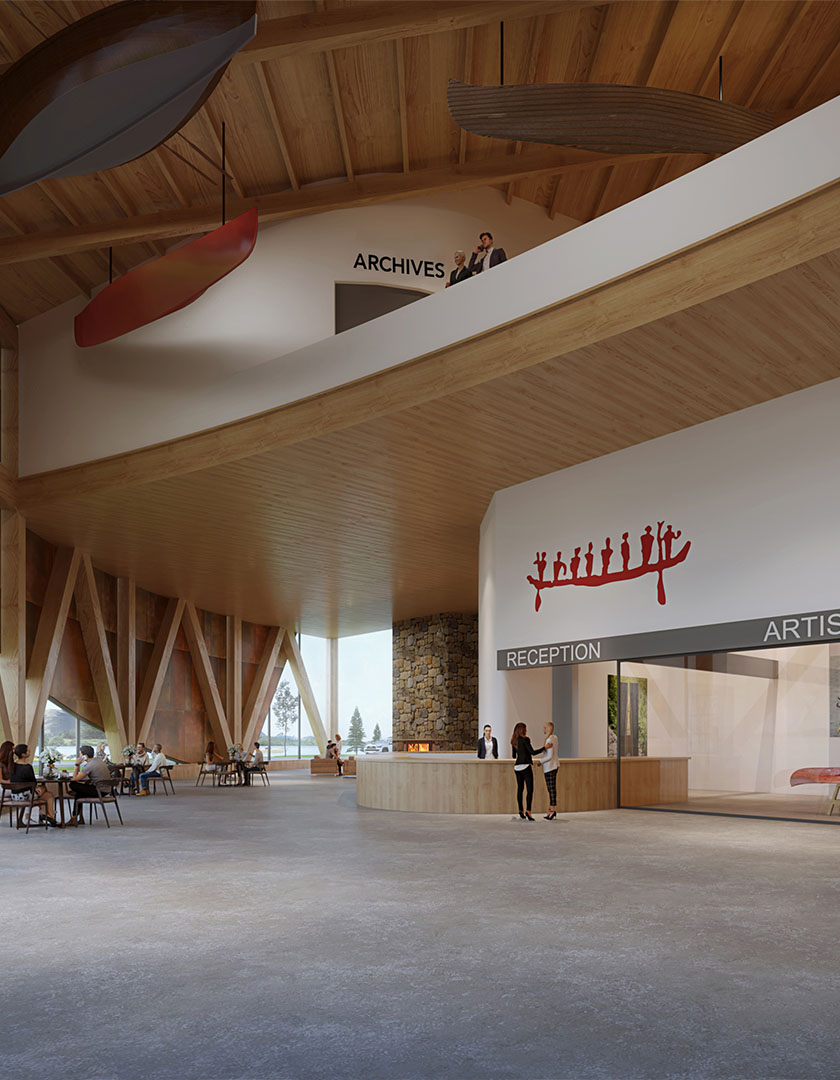
Plans, Reports, & Financials
Learn about our strategic plans for the future of the Museum and view past annual and financial reports.
Learn more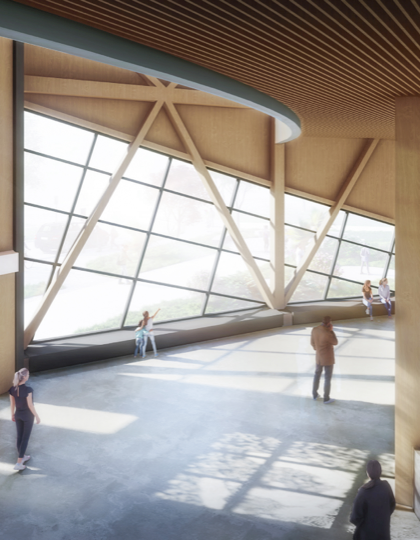
Employment Opportunities
Join our team! Learn about employment opportunities at The Canadian Canoe Museum.
Learn more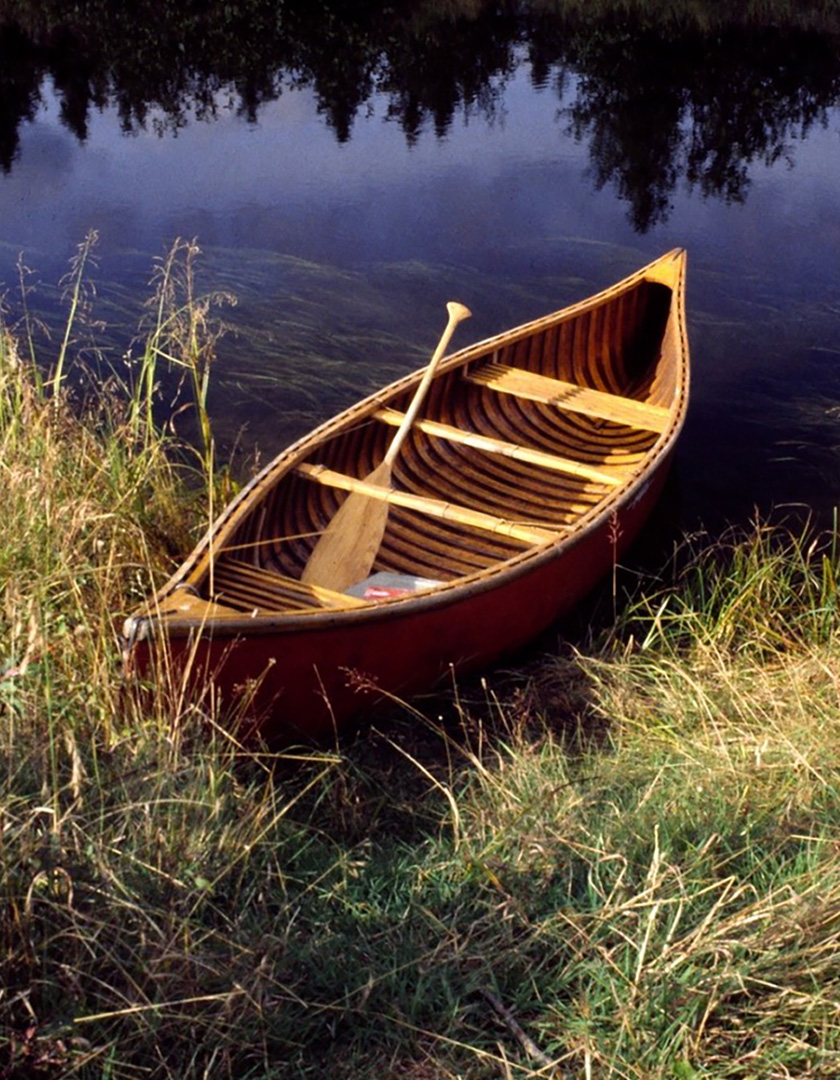
Canadian River Heritage Award
The Canadian Canoe Museum, in partnership with the Canadian Heritage Rivers System, recognizes outstanding individual contributions of national significance to river heritage and conservation with The Canadian Heritage River Award, which is awarded triannually.
Learn more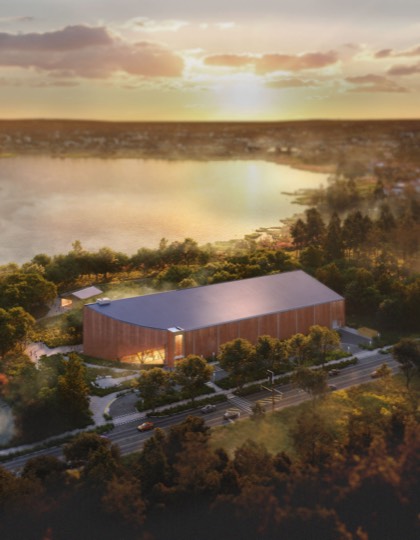
Media Centre
Access a collection of promotional resources and materials. We are always happy to work with media and share the story of the canoe with even more people!
Learn moreTruth & Reconciliation in Action
The Canadian Canoe Museum supports the United Nations Declaration of Indigenous Rights (UNDRIP) as outlined and emphasized in the Truth and Reconciliation Commission’s Calls to Action specific to museums and archives.
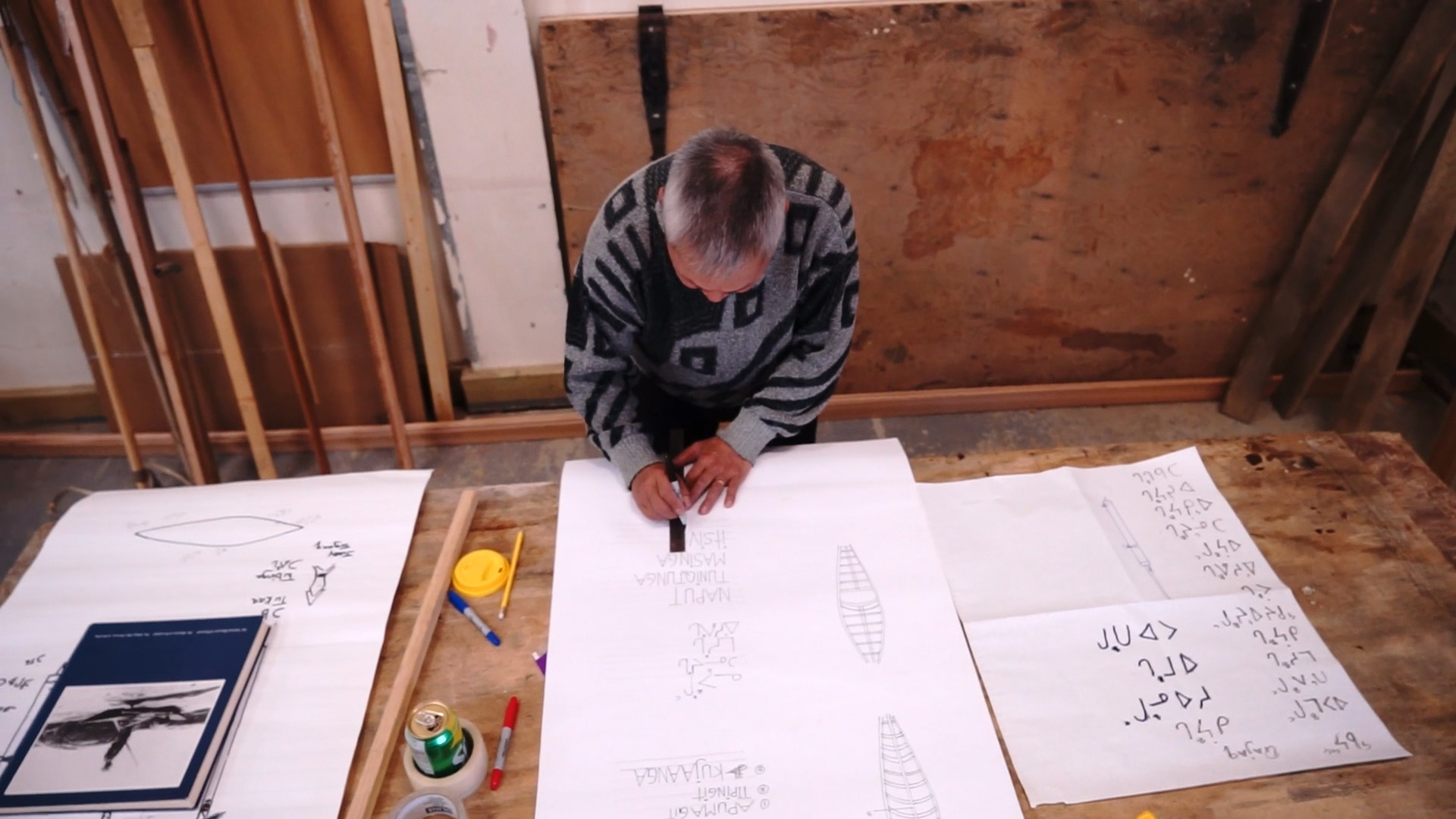
Approach to Language
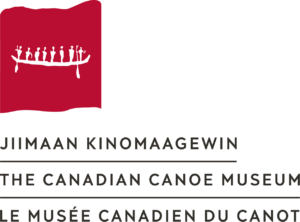
The Canadian Canoe Museum has worked closely with Michi Saagiig Nishnaabeg knowledge holders to translate the Museum’s name into Anishnaabemowin, the language of the territory, lands and waters on which the Museum is situated.
In Anishnaabemowin, “Jiimaan Kinomaagewin” translates to “Canoe Place of Learning for All.” Our trilingual name (Anishnaabemowin, English, and French) is featured on the front of the building and incorporated into the Museum’s logo. Learn more about our logo.
The Canadian Canoe Museum’s logo pays tribute to the pictograph (mazinaawbikinigin) that inspired the Museum’s original logo, which is located on a rock face at Pictured Lake within the traditional territory of Fort Williams First Nation.
In addition to the logo, the Museum has been working with local knowledge keepers to translate interpretive content within the exhibitions, as well as wayfinding and signage throughout the building and outdoor campus.

